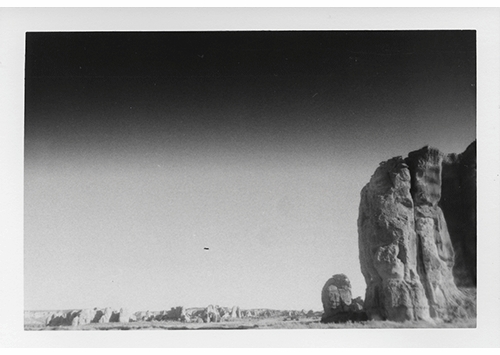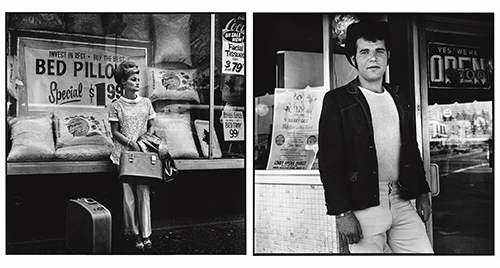| RECENT POSTS DATE 1/14/2025 DATE 1/2/2025 DATE 12/31/2024 DATE 12/26/2024 DATE 12/24/2024 DATE 12/18/2024 DATE 12/17/2024 DATE 12/14/2024 DATE 12/12/2024 DATE 12/12/2024 DATE 12/8/2024 DATE 12/8/2024 DATE 12/7/2024
| | | JESSE PEARSON | DATE 5/4/2015
It’s always nice to see the realities that existed behind the cultural fairy tales that get told about the past. The “dirt behind the daydream” (from the Gang of Four song “Ether”) is the phrase that always rings in my head when I think about the way that nostalgia can cloud and neuter older times, making it easier to classify them, file them away, and move forward.
The counterculture of the American 1960s is one of the most mythologized and misunderstood moments of recent history. The story generally deals in extreme contrasts. The Summer of Love versus the Manson Family murders; Woodstock versus Altamont. But it’s too easy to reduce a decade to only a series of huge events. The real life of any time is a day-to-day thing, and getting a chance to see into the past in a molecular way, now that we all know the broad strokes, is likely to teach us much more about days gone by than another History Channel program about hippies could.
Two recent photography books offer this kind of close look into the late ’60s and early ’70s. Drugstore Camera is a collection of pictures that Dennis Hopper made using disposable cameras and drugstore darkrooms in Taos, New Mexico at the height of his post-Easy Rider psychedelic seeker era. The work is intimate; transposed to now, it’s what Hopper would have been posting on Instagram—which is today’s drugstore print—with his iPhone—which is today’s Instamatic camera. The subjects range from still lifes (a photo of abandoned gloves looking grotesquely like severed hands stands out), to landscapes (the southwestern canyons and lush forests, represented in grainy glory), to a series of tentative nudes and portraits that have the posed and innocent feeling of college kids experimenting. Taken as a whole, the photos in this book tell the story of Hopper’s life at that time in clear and elegant language.
Hollywood Boulevard 1969-1972 collects a group of portraits made on the titular street by photographer Dennis Feldman. In stately, square-format, black-and-white photos we see hip and square, young and old, butch and femme, hustlers and citizens. A cowboy with a prominent bulge in his jeans stands in front of a welcoming “Yes! We’re Open” sign. An ethnically ambiguous queen is posed, subtly and cleverly, in front of a window display of Barbasol shaving cream. A slickster with mirrored shades, the Walk of Fame reflecting literal stars in his eyes, stands, incongruously, with an all-American kid straight out of Leave it to Beaver.
The subjects feel like characters from fiction, strangely heroic, and photographing them on the Walk of Fame has a beautiful irony to it, of course. It’s easy to imagine ourselves there among them in their stories. In that way, on a real, personal scale—the opposite of broad historical surveys—Hollywood Boulevard 1969-1972 is a fully functional time machine.
Dennis Hopper: Drugstore Camera & Dennis Feldman: Hollywood Boulevard are available at our booth at Paris Photo Los Angeles. Feldman will sign copies of Hollywood Boulevard Sunday, May 3 from 2-3PM.
JESSE PEARSON is a writer and the founder and editor of Apology magazine and a contributor to numerous other books on our list.
 Damiani
Clth, 9.25 x 8 in. / 96 pgs / illustrated throughout.
| |
|





